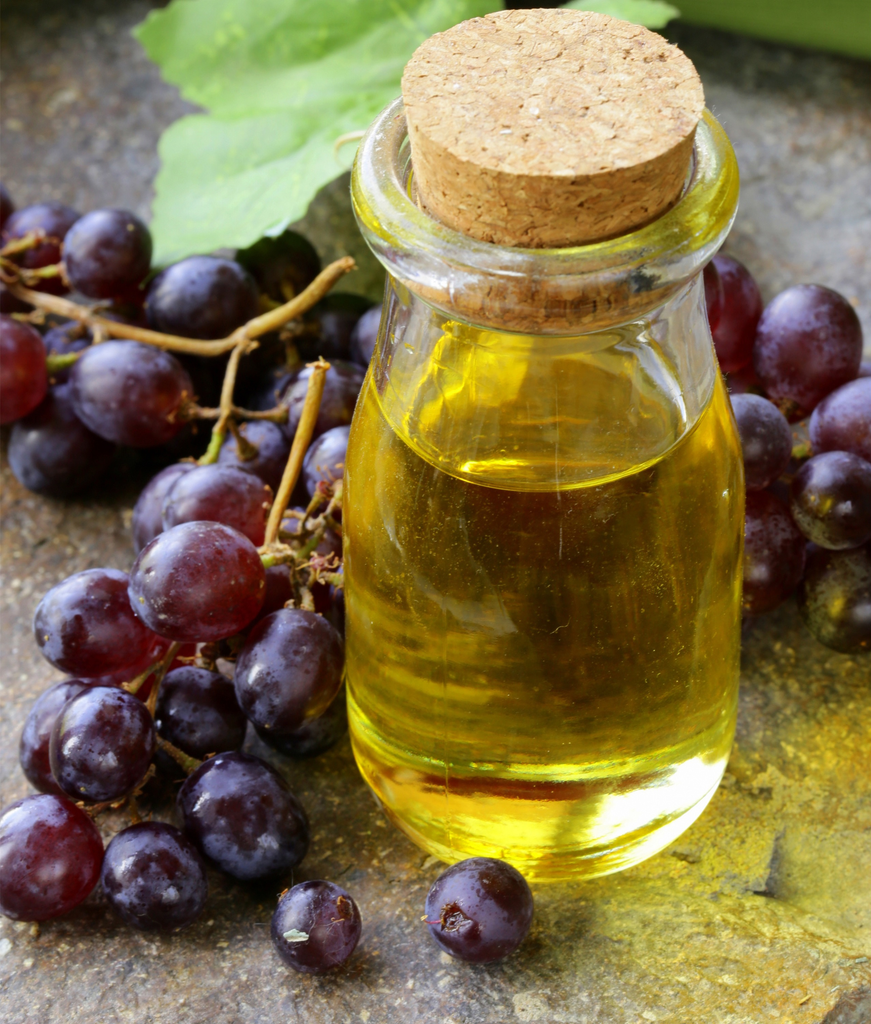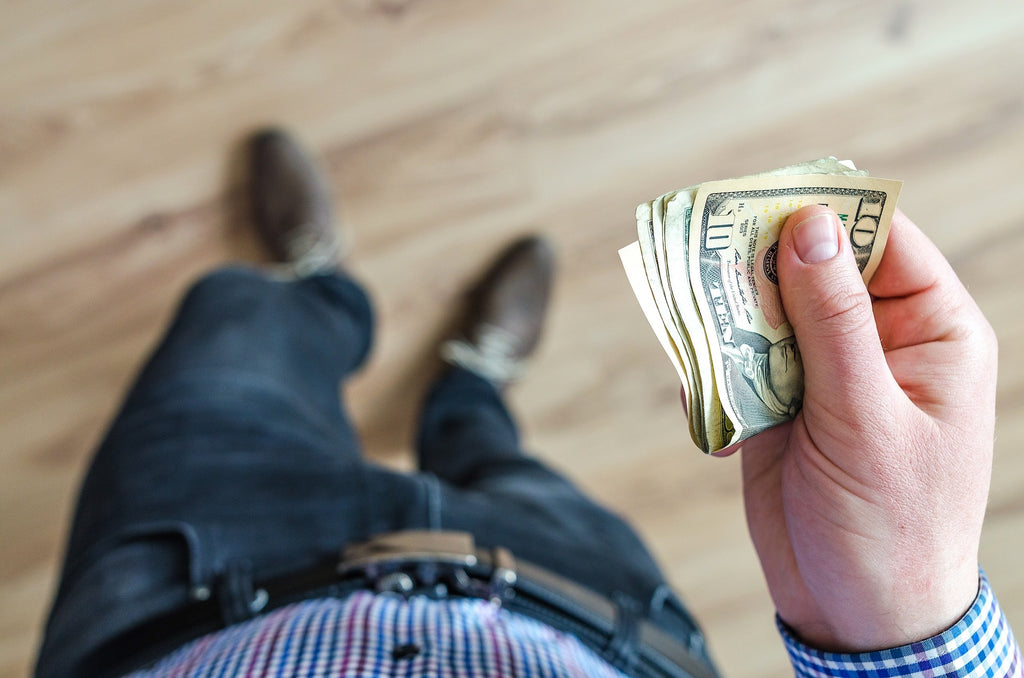by Selena Belisle, Founder and Instructor at CE Institute LLC
Tuina and Swedish Massage Names
In 1995, I was been certified in the United States as a Massage Therapist at the Massage Institute of New England. There, in Cambridge Massachusetts, our primary form of full body manual therapy was Swedish massage. The reason why we call the massage Swedish, is because many of our regular full body massage strokes are attributed to a Swedish physiologist and gymnastics instructor named Pehr Henrik Ling.
I earned my first Traditional Chinese Medicine (TCM) training certifiation at the New England School of Acupuncture, also in 1995.
In 2001, I spent close to a month in China where I trained in Traditional Chinese Medicine (TCM). This included the massage practice of Tuina, which is also known as Chinese Massage. Our training was conducted at the Beijing Massage Hospital in Beijing China.
TCM Versus American Massage Consultation
Americans practice sanitation measures between clients. And, we only spend a couple minutes chatting with our clients for a medical intake process prior to working on them.
In China, patients regularly receive their massage bodywork at an Eastern Hospital. There, the patient starts off with a consultation and is provided a handkerchief with the hospital logo on it. The logo is always supposed to face the practitioner when the practitioner touches the patient. This provides a physical barrier to prevent germ and pathogen transmission, given the hospital practitioners did not wash nor sanitize their hands between clients. The patients are responsible for laundering their own handkerchief and returning with it for each visit.
Tuina patients were usually afforded a 40-minute or longer health intake process, discussing their diet, sleeping habits, work, family and all internal and external influences to determine their best tuina treatment with TCM.
In China, they spend a much longer time generating a much greater comprehension of a client's bodywork and health care needs. This is a major different between American Swedish massage versus tuina practice in China.
Of course, if we all spent 40-minutes or more discussing a client’s needs here in the United States, we probably wouldn’t need so much direction from our client's here in America for massage treatment! In America, our massage therapy is usually practiced as a service-oriented appointment because it is almost entirely client directed.
Different Tuina Business Practices in China
There are health care spas in China where tuina is provided for enjoyment and general well being.
The Beijing Massage Hospital was for patients seeking tuina and TCM for serious illness and treatment. That is where I observed tuina provided as a straight-up health care practice.
We also had tuina practitioners come to our hotel in China for "house call" tuina service. So, tuina is also practiced as out-call service, similar to the massage therapy in-home service that is practiced here in the United States through the Zeel or Soothe cell phone apps.

What is Tuina?
I would explain Tuina as something that probably feels a little rougher than a basic Swedish oil massage. Tuina is probably closer in application to sports event massage, where an athlete is invigorated through successive compression maneuvers. Except, in Tuina, these compression and applications are applied along a client's meridian points instead of trying to influence or stretch anatomical muscles.
Tuina is performed on a treatment table similar to how we practice here in the United States, although most Tuina bodywork is performed dry and through clothing. And at the hospital, it was provided through an additional physical barrier which is the handkerchief which was moved around the client to each new area worked.
There were also a couple of tables that were used for trampling with tuina. These trampling tables had parallel bars about three feet higher than the table, running parallel to the table. The practitioner would stand over the client and hold onto the parallel bars to administer the tuina treatment through their clothing with their feet.
The two other primary forms of health care that was administered at this Beijing Hospital were room temperature foot soaks for herbal plant-based medicinal absorption and fire cupping.

Massage Health Care versus Client Directed Massage Service
Another difference with how tuina massage is applied in China, is that it is not a client directed service. It is practiced more along the lines of a health care treatment instead of health care service. In the United States, a massage appointment is almost an entirely client directed health care service.
The Beijing Massage Hospital patients received tuina as needed, where dozens of TCM doctors performed hundreds of hours of massage each day. Tuina was one of their primary forms of healthcare in their eastern medical treatment arsenal.
The patients had little to no say about how their massage or TCM was executed at this hospital. It was the practitioner, who was also a doctor, who decided where they would work, how long they would work, with how much pressure and various techniques they would apply. Of course, the doctor did not apply harmful techniques, but the massage treatment itself was not directed by the patient. And these patients lined up out the door and down the street for that level of healthcare during normal business hours.
Practicing tuina in this setting was extremely rewarding as a health care provider, because we regularly achieved the greatest measurable outcomes of medical benefits. Tuina in China was not provided as a service-oriented massage, but it was a health care treatment.
Medically Directed Massage Therapy Application
There are hospitals in China that administer surgeries and pharmaceuticals similar to what is practiced in America and other modern countries, however, they did not have the lines of patients waiting down the street similar to the hospital where we trained in and executed tuina in China.
The notion of practitioner-directed massage healthcare practice is not exclusive to China. I have reviewed similar massage healthcare practice examples in Denmark and other developed countries where the medical treatments are directed by the health care provider.
Observing and practicing at the Beijing Hospital left a never-ending impression on me about how different massage practice was here in America versus mainstream massage health care in other countries. In America, our clients want it their way. That provides a big difference between how tuina is applied in China versus Swedish massage applied here in the United States.
Swedish massage practiced here in the United States is more service-oriented, where the practitioner follows the client requests and directions while straight-up health care massage practiced in China is usually directed towards specific medical objectives, beyond a client’s requests or directions.
Which Provides Greater Health Benefit? Swedish Massage or Tuina?
Both tuina and Swedish style massage are valuable forms of health care. While both applications have an individual style and technique, they both have wonderful health benefits. Swedish massage and tuina both compress the soft tissues which allows for increased circulation, which is healthy in itself. Both techniques can also increase range of motion and relieve pain by stretching and compressing the soft tissues and more.
The Client Directs the Massage in America, Perhaps with Some Disadvantages
The educational point shared here, is that when massage is practiced in China, it is regularly practiced as an integral part of health care, whether the doctor's chose the style and application of the bodywork, especially when this is administered in a hospital setting.
In America, the client usually chooses where to work, when to work, how long to work, and they might even choose if they prefer oil, lotion, cream, scented or unscented. There are a lot of customizations and service-oriented goals that are applied with massage therapy practice in America. And while some of those service-orientations may be valuable to a client, these clients may be best served when the practitioner has more say in their actual treatments.
Massage Therapy in all Forms is Health Care
All forms of massage are generally healthy, so there's usually no harm unless your client is asking you to do something that is contraindicated. But oftentimes, a practitioner might be able to do more when the treatment is left to a practitioner's discretion.
There are many times that a treatment could have been more successful if a practitioner was allowed to spend a little more time in an area, or focus on a different area than what the client had requested in massage appointments regularly practiced in the United States. For example, many clients who experience upper back pain have rounded shoulders. As such, it's the muscles that are contracted in the front or anterior shoulders that are shortened and contracted, and need a greater amount of elongation work. The focus of the treatment should be in the front, or anterior side of the body.
However, in the United States, clients will often want their therapist to work where there pain is, in the back, which is not doing much more than providing temporary pain relief. What a practitioner really should do is work the front of the shoulders while the client strengthens their back muscles so that they can correct their posture, hence eliminate the factor that is causing their pain. This is working towards a more permanent treatment plan rather than a temporary one.
In China, the practitioners would attempt to improve a client's overall well-being. But in America, we usually just do whatever the client wants, whether it appropriately addresses their issue(s) or not.
Having the discretions to work where it might be needed most makes a big difference in successful medical outcomes with therapeutic massage, regardless of the massage style practice.
To learn more, please register for quality, affordable, professional training at: https://ceinstitute.com/
#massage #bodywork #bodyworker #massage #massagetherapist #mt #LMT #swedishmassage #tcm #tuina #chinesemassage #americanmassage #massagetherapy #swedishmassage #healthcare #medical #medicalmassage #healthcaremassage



















